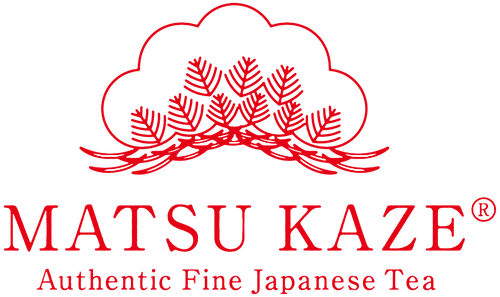Cultivation and Production Process
Tea bushes are hardy and grow best in hilly or mountainous areas, where the air is cool and the daily range in temperature is broad. Well-drained, slightly acidic soil is also essential to growing good tea. Humid areas situated on hillsides near a river or stream, especially those that have mists in the mornings and evenings, are ideal for tea plantations. The mists reduce the hours of sunshine, which reduces the astringency in the leaves and also increases the flavour-enhancing amino acids (theanine and glutamic acid). Tea farms situated in low-lying plains with a lot of sunshine use reed screens or straw mats to shield the plants from direct sunlight.
The highest grade teas (e.g. gyokuro and tencha) are particularly sensitive to strong light. When sunlight is blocked out, most of the nutrients absorbed through the roots remain in the leaves.
In general, Japanese green tea farmers practise safe cultivation methods and Japan’s regulations regarding pesticides are among the strongest in the world. They must additionally meet import standards for other countries. In 2014, Japan and Canada signed an equivalence arrangement. As long as the terms of this arrangement are met, certified organic products in either country can be sold as organic in either country. Harmonization efforts like this are making what is already a very safe product even safer.
Tea plants can survive having their leaves picked as many as three or four times a year. In the past, they were picked by hand, but today machines are generally used. Tea picked by hand enables the picking of tender new growth on the pruned bush (i.e., two leaves and a bud). This new growth contains three times more polyphenols than do older leaves.
Picking starts as early as late February in warm areas, such as Okinawa, and continues through mid-May as the warm weather advances north. The first crop, or “shincha” (new tea), provides the highest grade of green tea because the leaves are young and tender. After every picking, the tea plant sends out new leaves. As fall approaches, the leaves become progressively tougher, resulting in poorer quality tea. The lower grades of the second, third and fourth crops generally supply the tea known as “bancha.” Once the last crop is picked, the tea bushes are pruned and readied for the following year.
To protect the leaves from damage, as soon as they are picked they are transported to a large storage bin that is equipped with a fan, humidifier, and other machinery. The leaves are kept in constant cool air with a high humidity for three to eight hours, until they are ready for steam heating. All the types of green tea follow the same basic procedure in their processing, except for tencha, which is used to make matcha, where the leaves are steamed and dried but not rolled.
- Steaming – The leaves are steamed at a temperature between 176° and 194°F (80° and 90°C) to destroy the oxidizing action of the enzymes and so preserve the green colour, the aroma, and the natural astringency of the leaves. Once this process is finished, the water content of the leaves has been reduced to 75% (Black and oolong tea are allowed to undergo enzymatic oxidation, which helps develop their characteristic odour and flavour, and alters their polyphenol content).
- First Drying – The leaves are dried, pressed and shot with hot air until the moisture content is reduced to about 50%.
- First Rolling – The leaves are stuffed inside a machine with a revolving jacket. Without the action of heat, the leaves are twisted so as to break the cells in them. This renders the leaves soft and pliant, and helps maintain a uniform moisture content.
- Second Drying – The leaves are dried in a rotary drum with a furnace, which reduces the moisture content to about 30%.
- Second Rolling – This pressing and heating process dries the leaves until the moisture content is approximately 13%. The leaves assume their characteristic needle shape and the fragrance is produced.
- Third Drying – The final drying is done in a machine with a hot-air furnace and drying chamber, which reduces moisture to 6% while maintaining the quality and fragrance of the leaves.

